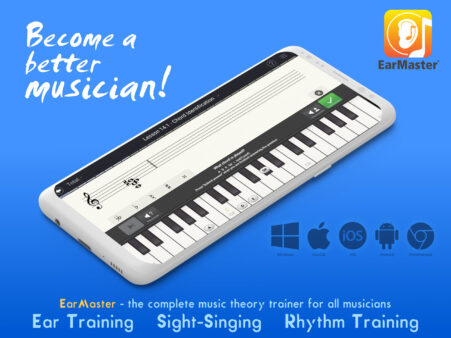A panel of three presenters gave this session on the music and contributions of J.S. Bach: Erin Bennett, NCTM, Siok Lian Tan, NCTM, and Richard VanDyke, NCTM.
What is Parnassus? in Greek mythology, a mountain in central Greece where the Muses lived; known as the mythological home of music and poetry.
After the Method Books
How do you teach Baroque style playing?
Gradual progressive steps toward more advanced works:
1. Minuets and short dances
2. Little preludes
3. Inventions
4. Preludes and Fugues
How does the 10 Steps to Parnassus (defined as The Goldberg Variations) work?
* Technical development coincides with advancing repertoire.
* Step-by-step progression.
* Stylistic considerations that promote musical growth.
* Independence of hands increases proportionally.
Richard went on to share technical recommendations for preparing to begin this journey through Bach’s music. Then he shared detailed notes on the Prelude in D Major, an early level Bach piece that is included in many pedagogical collections. He addressed articulations and technical challenges.
Erin Bennett assumed the podium to discuss the Bach Inventions. She was particularly excited about being a part of this project because of her “horror story” with a transfer student who was still in method books, but had been handed the first Bach Invention and told, “see what you can do with this.”
She went over each point on the handout and said that those who arrived after they ran out of handouts could contact her via e-mail to be sent a copy: e.bennett@unf.edu
The Two-Part Inventions were written in 1723, but not published until 1801. Technical and Musical Considerations:
* Counterpoint: Independence of hands
* Coordination
* Voicing – two equal partners in dialogue
* Articulation – not marked in score
* Touch – cantabile manner of playing
*Dynamics – not marked in score
-Terraced, according to Baroque style
* Tempi – not marked in score
* Ornaments! both notated and improvised
Erin went on to discuss the specific difficulties of Invention No. 8 in F Major (as a representative of the first group of Inventions according to difficulty), but asserted that it is still a great first Two-Part Invention for students. She also discussed Invention No. 4 in D minor (as a representative of the second group of more difficult Inventions) and Invention No. 12 in A Major (as a representative of the third group of the most difficult Inventions). Teachers teaching the third group should be especially well-versed in Baroque ornamentation. If students can handle this level of complexity, they are ready to advance into the Sinfonias. Next was an extensive overview of the Sinfonia in B Minor.
The final presenter, Siok Lian Tan, walked attendees through the Well-Tempered Clavier. Since Bach didn’t make interpretive markings in the score, we, as teachers, need to help our students make informed decisions when playing them.
She discussed the Prelude and Fugue in A Major, BWV 862. Throughout the session, the presenters played numerous audio and excerpts to point out various elements of interpretation. Even very contrasting interpretations can all be effective depending on the character the performer wants to convey. Siok Lian Tan also shared a detailed list of suggested steps for learning a fugue.
A note about ornaments: the execution of the ornament should be determined by the mood and character of the piece. Wilhelm Friedmann Bach has a helpful table of ornamentation.
















Leave a Reply